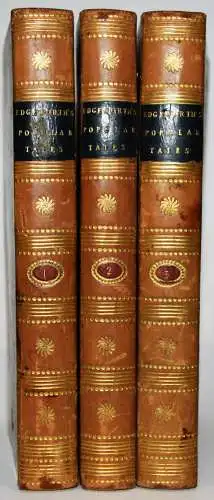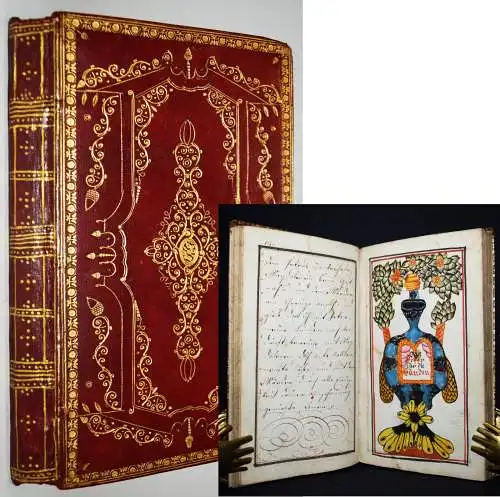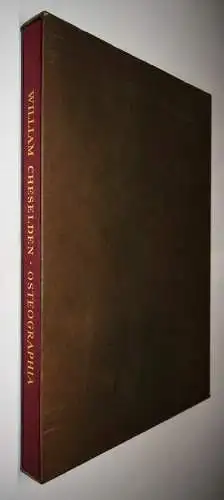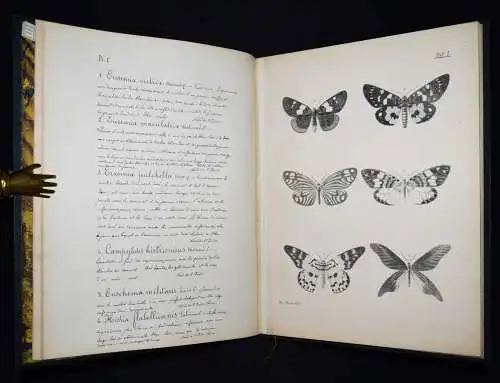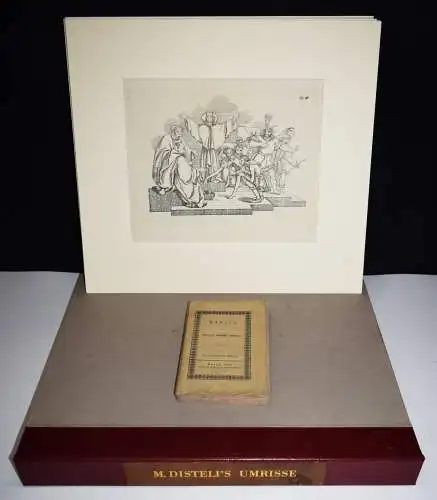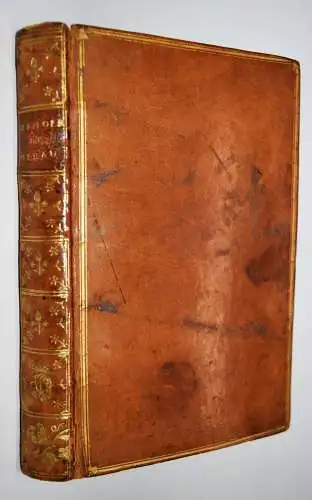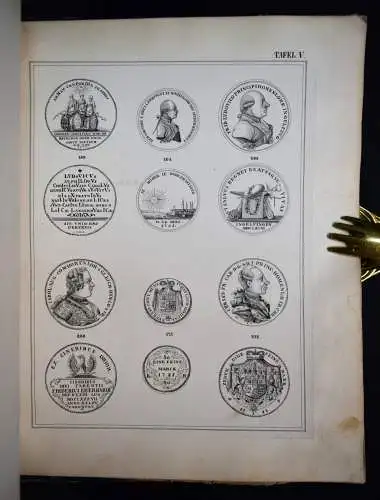Edgeworth, (Maria). Popular tales. (Foreword by Richard Lovell Edgeworth).
Seconde edition. 3 Bände. London, J. Johnson 1805. 8°. IV, 375 S.;
Titel, 368 S.; Titel, 393 S. Kalblederbände der Zeit mit goldgepr.
Rückensch. und Rückenvergoldung.
LKJ IV, 173 f. – Zweite Ausgabe der
zuerst 1804 erschienenen Märchen-Sammlung der anglo-irischen
Schriftstellerin M. Edgeworth (1767-1849). Eine deutsche Übersetzung
erschien 1807. – „Die Erzählungen für Jugendliche begannen mit der
Anthologie „The parent’s assistant“ (1795), wurden mit „Early lessons“
(1801-1803) und „Moral tales for young people“ (1801) bis hin zu „Harry
and Lucy“ (1825) fortgesetzt. Die Erzählungen mit ihrer zwingenden
Rationalität waren auch eine Reaktion gegen das Märchenerzählen als
Instrument der Erziehung. Die markantesten der Geschichten sind so
angelegt, daß die jugendlichen Hauptfiguren weitgehend autonom handeln,
ein erwachsener Mentor sich beobachtend im Hintergrund hält, am Ende
aber der Jugendliche selbst die Lehre aus seinem gescheiterten Verhalten
zieht und damit die Erzählung zum Exempel wendet. … Die erzieherische
Absicht ist für E. der Antrieb zur schöpferischen Tätigkeit gewesen. Die
zweckfreie Freude am Lesen und Fabulieren akzeptierte sie nicht als
Rechtfertigung für Jugendliteratur. Ihr gelang es jedoch, ihr
pädagogisches Anliegen mit einem präzisen, bisweilen auch doppelbödig
humorvollen Erzähltalent zu verquicken, so daß noch heute, wo ihr
erzieherische Absicht obsolet ist, die erzählerische Qualität
unvermindert geschätzt wird“ (E. Breitinger in LKJ). – Sehr gutes
dekorativ gebundenes Exemplar. – Second edition of the collection of
fairy tales by the Anglo-Irish writer M. Edgeworth (1767-1849), first
published in 1804. A German translation was published in 1807 – ‘The
tales for young people began with the anthology “The parent’s assistant”
(1795) and continued with “Early lessons” (1801-1803) and “Moral tales
for young people” (1801) through to “Harry and Lucy” (1825). The
stories, with their compelling rationality, were also a reaction against
fairy-tale telling as an instrument of education. The most striking of
the stories are designed in such a way that the young main characters
act largely autonomously, an adult mentor remains in the background
observing, but in the end the young person himself learns the lesson
from his failed behaviour and thus turns the story into an example. …
For E., the educational intention was the driving force behind his
creative activity. She did not accept the purposeless joy of reading and
storytelling as a justification for youth literature. However, she
succeeded in combining her pedagogical concern with a precise, sometimes
ambiguously humorous narrative talent, so that even today, when her
educational intention is obsolete, the narrative quality is still
appreciated undiminished’ (E. Breitinger in LKJ). – A very good,
decoratively bound copy.
Gute Ware
alles bestens!
